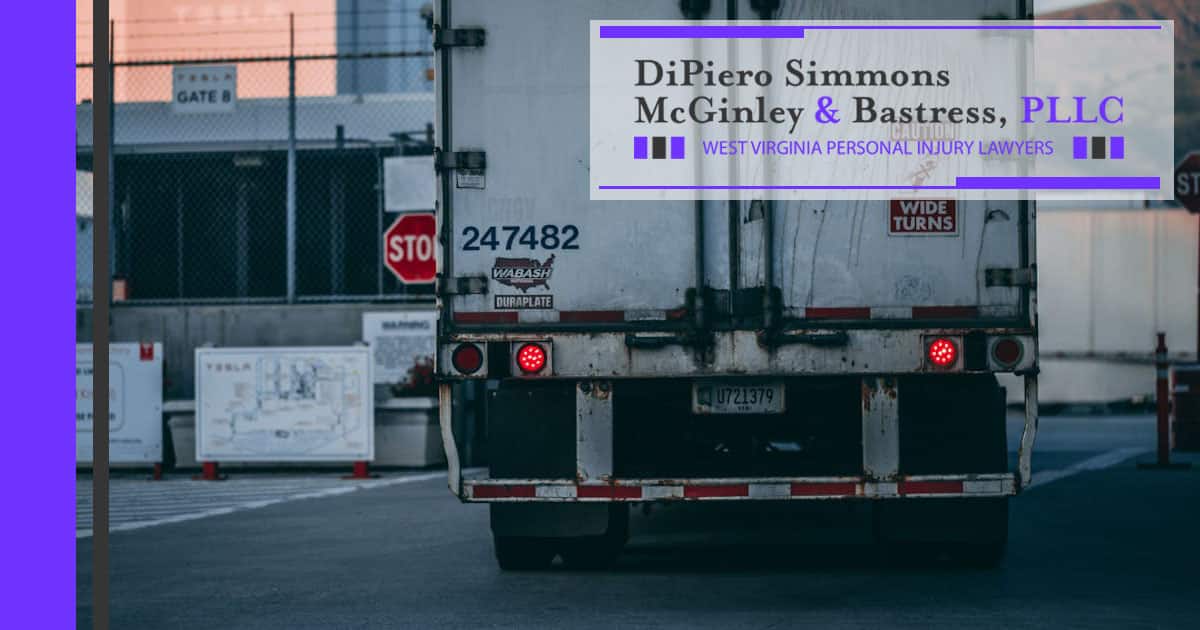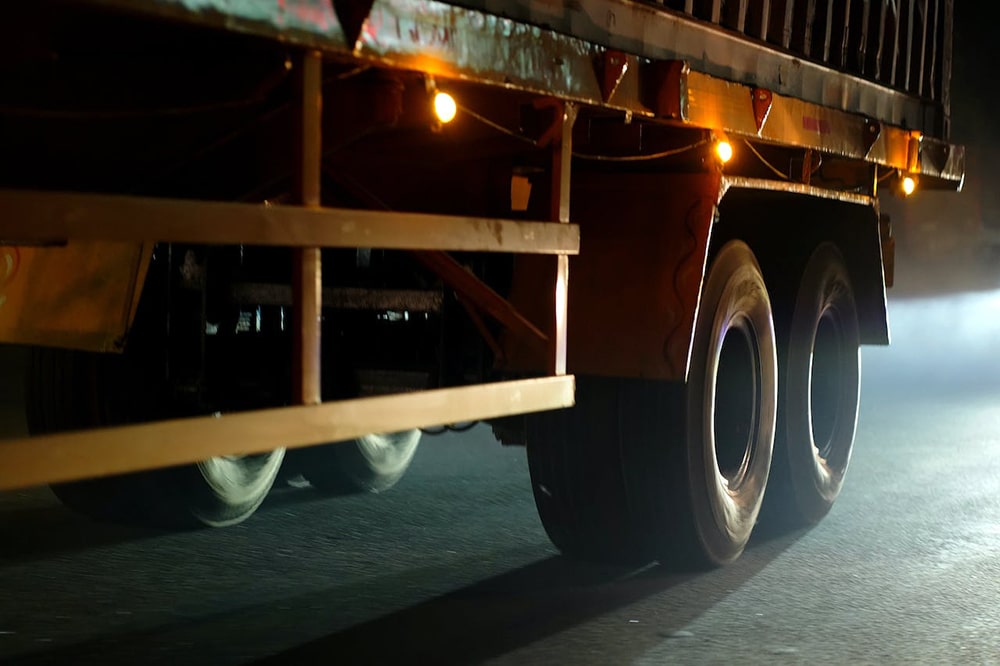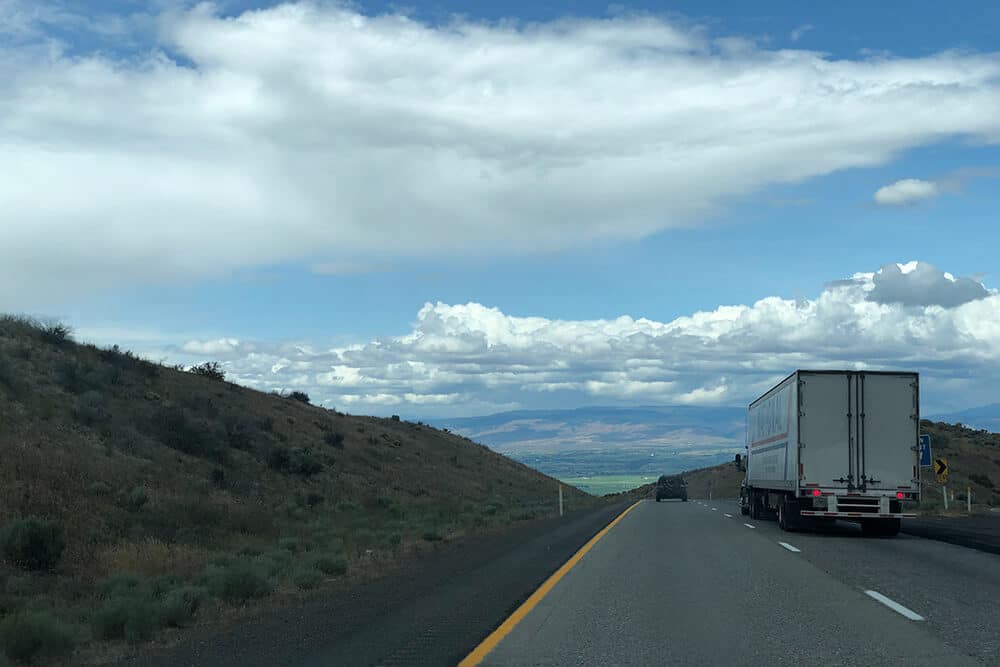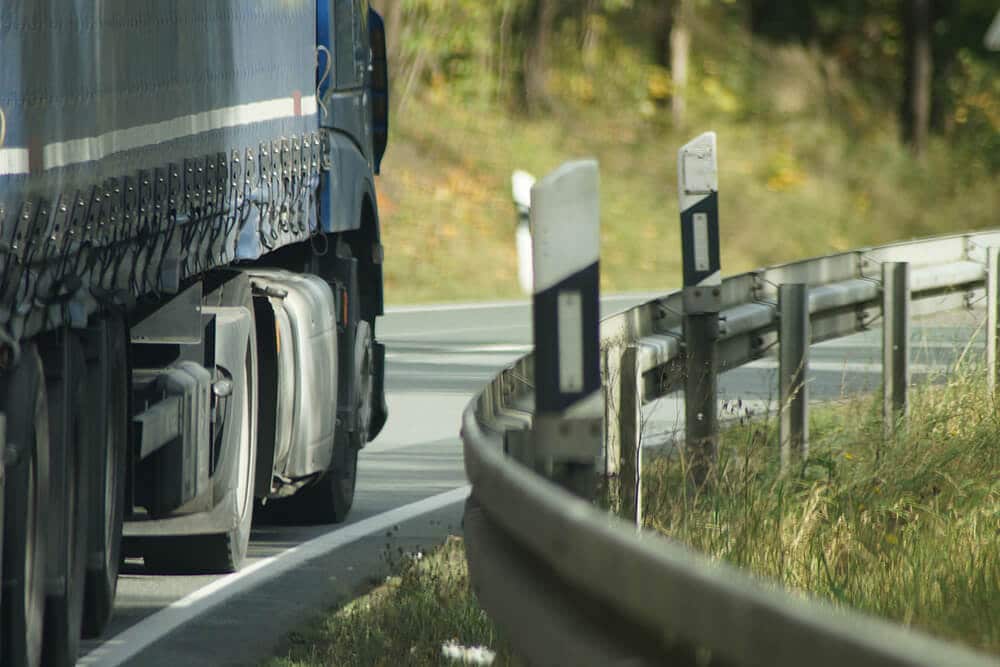How Many Work Zone-Related Crashes Involve Big Rigs

Work zones are some of the most hazardous areas on highways and roads, with constantly changing traffic patterns, narrowed lanes, and construction equipment adding to the risks.
The consequences can be severe when large commercial trucks (or big rigs) are involved in these areas.
Understanding how frequently work zone-related truck accidents happen and why is essential in improving road safety.













